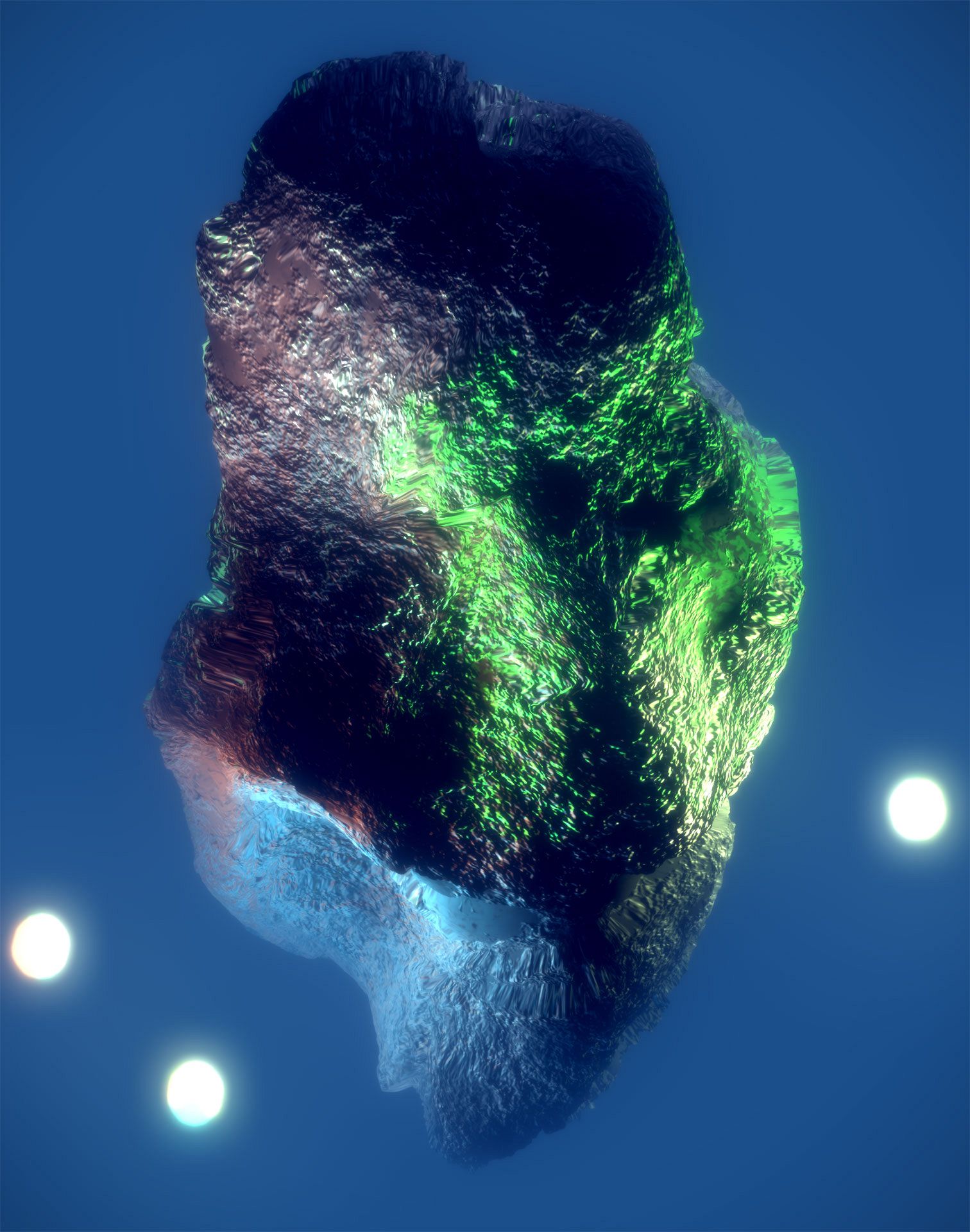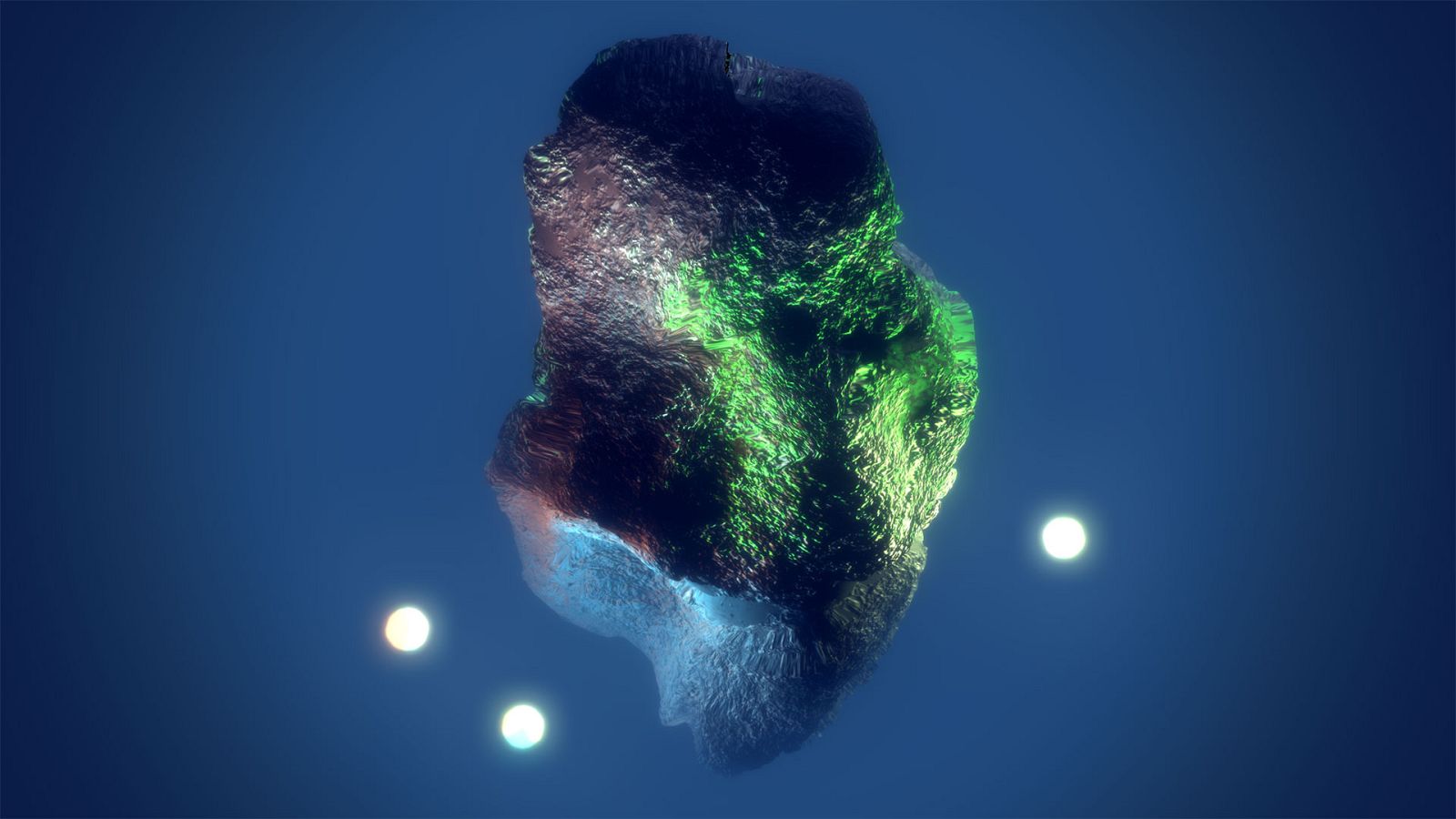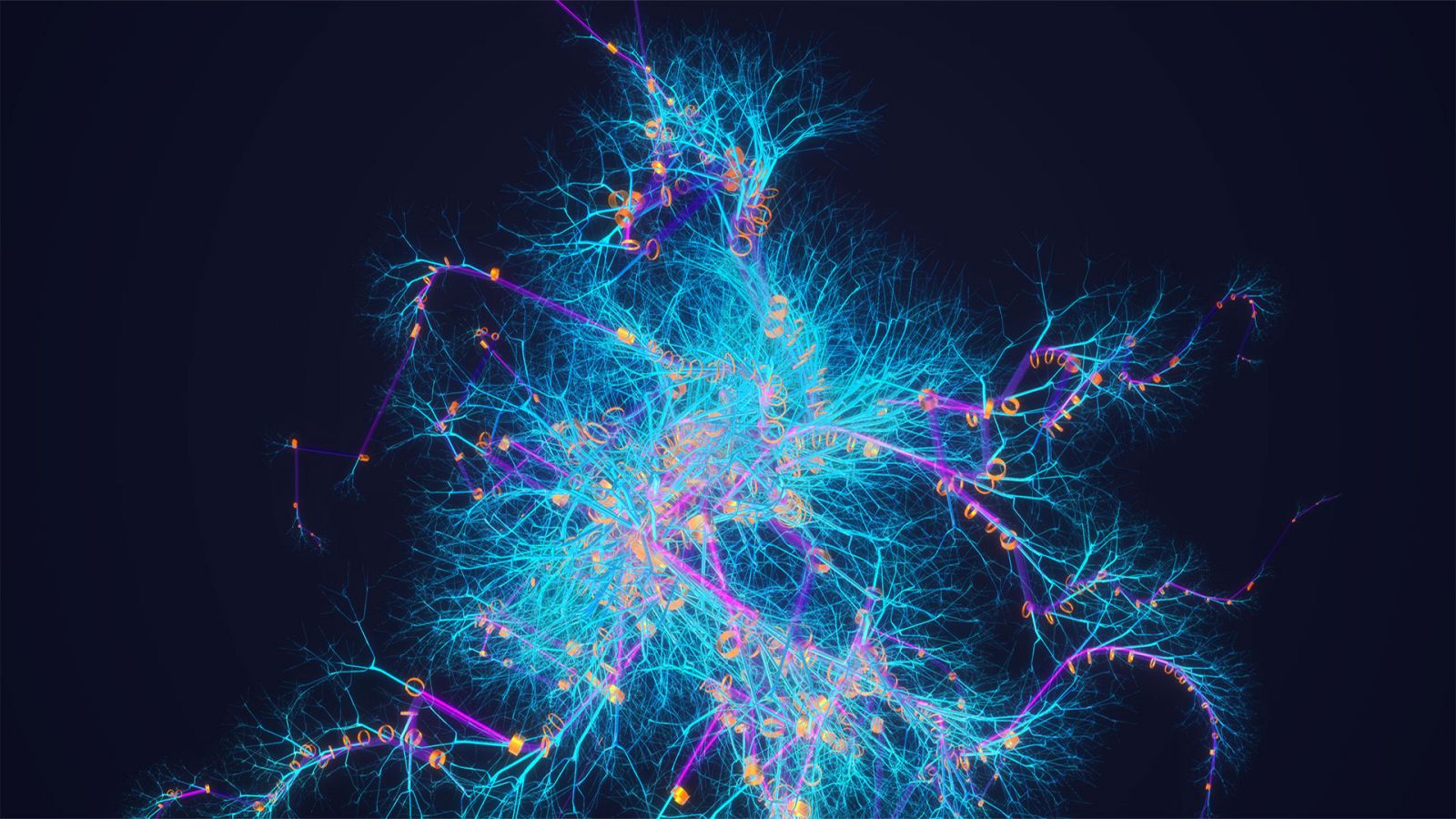
After a series of studies/experimental projects on generative arts, I came up with the idea to work on a set of rules as the essence of my project. I wanted to extend my interest in creative coding and learn more about Artificial Life. I was looking for possibilities of generating visual art as a living computation beyond the chemical solution. My ultimate goal was to give the visual elements/components a certain degree of autonomy, and certain control over their own production to grow, develop and perform as a group of autopoiesis agents in real-time through algorithmic computer renderings. And most notably, fully removed my role as artist/creator from the creation equation and shifted to an observer who studies the result of the creation and finds more possible rules to extend the system.


My initial idea to develop an artificial synthetic ecosystem lead me to create probable Alife (Artificial Organisms). This ecosystem is created based on implanted collective data, and the goal is to reengineer them to have new abilities and purposes. I am not looking for creating a project that simulates life/organisms digitally on the computer. Instead, my intention is to experience the possibilities of generating a living computation beyond the chemical solution. Therefore, this project was constructed for synthesizing Alife as software based on the collective data. I partly make the collective data by monitoring the underlying mechanics of biological phenomena/life and using genetic computational algorithms.

